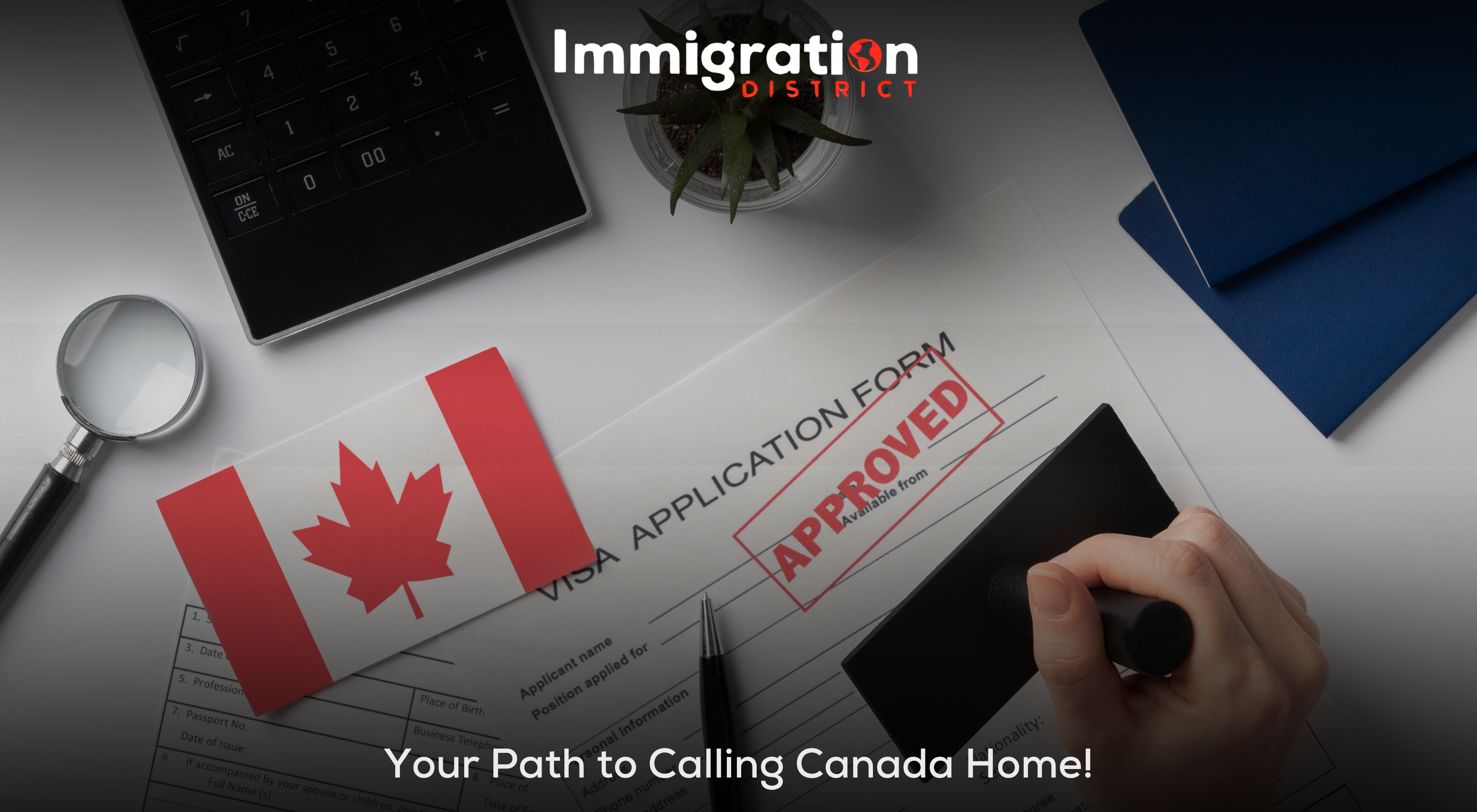
Canada’s Express Entry system is a streamlined immigration pathway for skilled workers worldwide. If you’re dreaming of a life in Canada, complete with its stunning landscapes, multicultural cities, and endless opportunities, understanding Express Entry is your first step. Let’s explore this system and everything you need to know to get started.
What is Express Entry?
Express Entry is not just a work permit program, it’s much more. It’s an online system that manages applications for permanent residence under three federal immigration programs. Think of it as Canada’s fast-track solution for skilled workers who can contribute to the country’s economy. If you meet the criteria, this could be your gateway to becoming a permanent resident.
Canadian Experience Class (CEC)
The Canadian Experience Class is ideal for individuals who already have work experience in Canada. If you’ve worked in a skilled occupation for at least one year within the last three years, this program might be your best option. Key requirements include:
This pathway is especially popular among international students whose transition from studying in Canada to working there post-graduation.
Federal Skilled Worker Program (FSW)
If you’ve never worked in Canada, don’t worry – the FSW program evaluates your foreign work experience. To qualify, you’ll need:
Many applicants boost their chances by improving their language scores or getting their foreign credentials assessed.
Federal Skilled Trades Program (FST)
This program is tailored for individuals skilled in trades. To be eligible, you’ll need:
Tradespeople are in high demand across Canada, making this an excellent option if you meet the criteria.


Once you’re eligible under one of these programs, your profile will be ranked using the Comprehensive Ranking System (CRS). This score determines your position among other applicants—the higher your CRS score, the better your chances of receiving an Invitation to Apply (ITA) for permanent residence.
Key factors influencing your CRS score include:
Improving your CRS score can significantly enhance your chances. For example, learning French or obtaining additional education credentials can give you an edge over other candidates.
Many applicants face challenges during their Express Entry journey. Here are some common mistakes to watch out for:
By addressing these issues early on, you can avoid unnecessary delays or rejections. And it’s really not as difficult to settle abroad. All you need to ensure is that you complete the requirements on time without delay. Just don’t leave any loopholes and you’ll face no hindrance.

Ready to begin? Start by checking your eligibility through tools like IRCC’s “Come to Canada” tool. Once eligible, create an Express Entry profile online—you’ll receive a personal reference code that links your profile to the system.
If you’re not quite eligible yet, no need to worry at all, consider alternative pathways like:
Working Holiday Permits : Available for certain nationalities under youth mobility agreements.
Post-Graduation Work Permits (PGWP) : For international students graduating from Canadian institutions.
Provincial Nominee Programs (PNPs) : These can add valuable points to your CRS score if nominated by a province.
Canada is renowned for its inclusive policies, high standard of living, and abundant opportunities. The country actively seeks skilled immigrants to address labor shortages and drive economic growth. With Express Entry, you have a chance to secure not just a job but permanent residency—opening doors to healthcare benefits, free education for children, and eventual citizenship.
The journey to immigrating through Express Entry may seem complex at first glance, but with careful planning and attention to detail, it’s entirely achievable and it’s better than previous immigration programs even. Stay proactive by improving your qualifications and keeping up with policy updates—your dream of calling Canada home could be closer than you think!